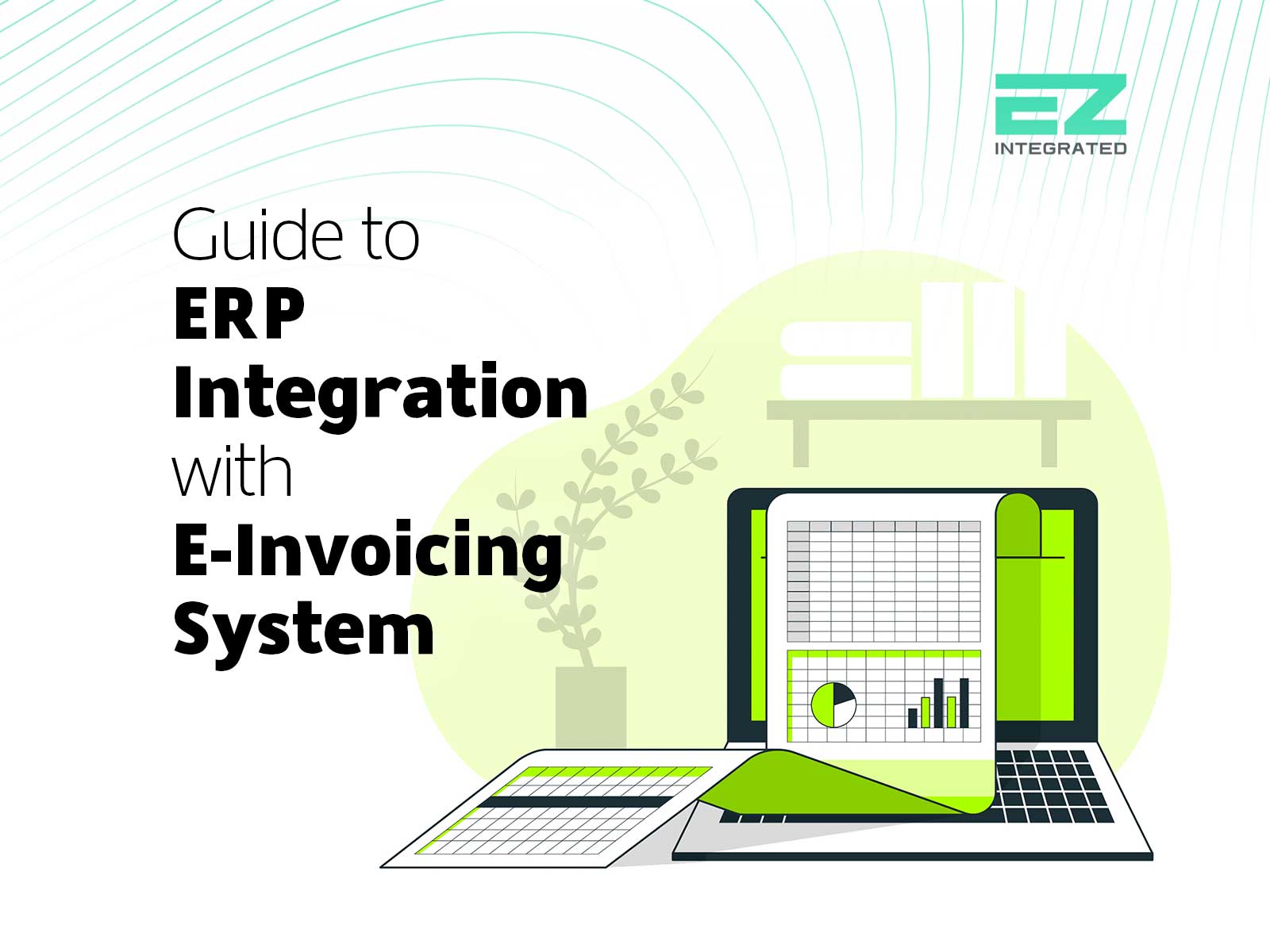ERP integration with the e-invoicing system is crucial for enhancing efficiency, accuracy, and transparency in financial processes within companies in Saudi Arabia.
In this article, we explore how the e-invoicing system works in Saudi Arabia, what ERP systems are, and how seamless ERP integration improves both systems, with a focus on EZ Integrated’s best integration solutions.
How Does ERP Integration with the E-Invoicing System Work in Saudi Arabia?
ERP integration with the e-invoicing system in Saudi Arabia has been implemented in two phases to promote tax compliance and improve financial transparency.
Phase 1 of E-Invoicing (Generation Phase):
Launched in December 2021, businesses were required to issue invoices electronically in specified formats such as XML and PDF/A-3, with mandatory fields like the tax number and QR code.
Phase 2 of E-Invoicing (Integration Phase):
In January 2023, businesses were required to connect their accounting systems with the “FATOORA” platform. This integration allows businesses to send invoices directly to ZATCA for validation before sharing them with customers.
Also read: E Invoice Requirements: Explained Are You Compliant
What Are ERP Systems and How Do They Enable E-Invoicing?
ERP systems are comprehensive software platforms that help businesses manage operations and financial processes efficiently. These systems support various business functions, such as:
– Accounting and invoicing management.
– Inventory and supply chain management.
– Financial data analysis and reporting.
– Streamlining organizational workflows.
How ERP Integration Enhances the E-Invoicing Process
ERP integration with the e-invoicing system enhances data accuracy and information flow. This process includes:
1. Integrating ERP Systems with the “FATOORA” Platform
The first step in ERP integration involves connecting accounting systems with the “FATOORA” platform via APIs. This enables real-time invoice transmission to ZATCA, ensuring immediate validation.
Also read: Top 5 E Invoice Integration Methods with ZATCA
2. Using ERP Systems Compatible with E-Invoicing
ERP systems must be compatible with e-invoicing to ensure automation and reduce manual errors. This can be achieved by updating software or selecting ERP systems that integrate directly with “FATOORA.”
3. Using Digital Signatures for Invoice Authenticity
Digital signatures are essential in ERP systems for verifying the authenticity of e-invoices, ensuring they are tamper-proof and secure.
4. Storing and Archiving E-Invoices with ERP Systems
Businesses must store invoices according to ZATCA regulations, ensuring secure and compliant storage. ERP systems help businesses manage this by using cloud storage and secure formats.
Also read: How Does Cloud Computing Work in an E Invoice System
5. Training Teams for Successful ERP Integration
Training is critical for the successful use of integrated ERP systems, ensuring employees can issue and validate e-invoices, maintain tax compliance, and use analytical tools.
EZ Integrated: The Best ERP Integration Solutions for E-Invoicing
EZ Integrated provides advanced solutions that guarantee seamless ERP integration with the e-invoicing system. Key benefits of these solutions include:
– Effortless integration with various ERP systems without altering existing infrastructure.
– Advanced analytics for tracking invoice performance.
– Continuous support for regulatory updates and system maintenance.
– Robust security features to protect financial data and ensure full compliance with ZATCA. If you want to improve your business operations with ERP integration and e-invoicing, contact us today for a free consultation.
